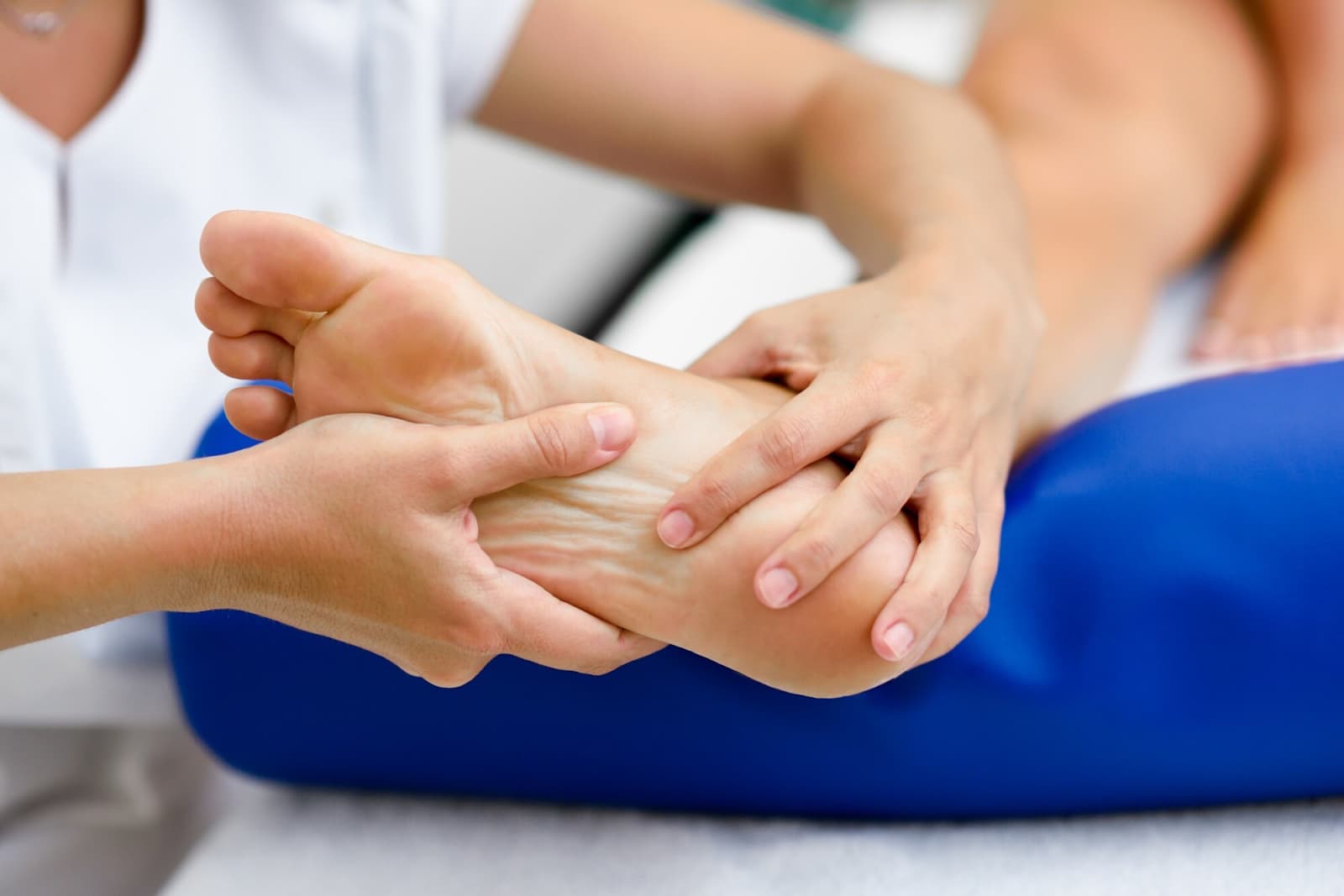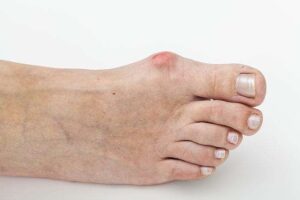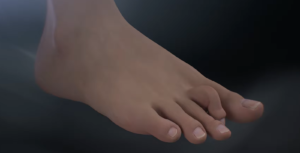Athlete’s foot, which is scientifically known as tinea pedis, is caused by a microscopic type of fungus that is known as a dermatophyte. This fungus has an affinity for dead tissue – specifically, the outer layers of skin, toenails, and hair. The dermatophyte thrives in environments that are warm, dark, and moist. Examples of places where these conditions are met include the insides of shoes and stockings, and public areas such as locker rooms, shower floors, and swimming pools.
Unraveling the Symptoms of Athlete’s Foot
Athlete’s foot manifests itself through a host of unique symptoms. The condition generally begins with an itch on the base of the foot or between the toes. Individuals may also notice the peeling or scaling of the skin, which can be accompanied by a distinctive redness. Tiny blisters can form as the condition progresses.
Typically, the problem initiates between the toes and then radiates to encompass the boundaries and underside of the foot. The skin between the toes may take on a yellowish hue and might emit a foul smell due to the fungal infection. Toenails are not immune to this condition and it can even invade cracked heels, exacerbating the discomfort.
Treating Athlete’s Foot Effectively
Mostly, athlete’s foot can be effectively treated using non-prescription antifungal creams, lotions, or powders available at local pharmacies. These products contain antifungal agents specifically designed to combat the stubborn fungus causing the condition.
However, the situation may escalate to a systemic infection in some scenarios. In such instances, a higher potency antifungal medication may become necessary. It’s not uncommon for tinea pedis infections to persist for years and, bizarrely, they may vanish spontaneously too.
Nonetheless, the best outcomes are frequently achieved with prompt treatment, ideally before the fungal infection is firmly entrenched. It is crucial to start treatment at the earliest inconvenience to prevent the condition from worsening.
Achieving Foot Health: Proactive Steps to Prevent Athlete’s Foot
Preventing an athlete’s foot is far easier and less time-consuming than treating it. Therefore, following these strategies could keep your feet healthy and fungus-free:
- Prioritize cleanliness: Regularly washing your feet and ensuring they are dry, notably between the toes, is a robust defense against fungal infections;
- Use antifungal products: Post-washing, the application of antifungal creams or powders can create a hostile environment for fungi;
- Opt for breathable footwear: Shoes with good ventilation prevent excessive sweating and provide an unsuitable environment for fungi;
- Rotate your shoes: Avoid wearing the same pair of shoes daily to allow them to dry out and reduce the chances of harboring fungi;
- Embrace ‘foot freedom’: Whenever possible, going barefoot or wearing open footwear such as sandals allows your feet to dry naturally and reduces the chances of fungal growth;
- Daily sock changes: When wearing shoes, always wear socks and ensure they are changed daily to prevent them from becoming a breeding ground for fungus;
- Avoid cross-contamination: Sharing towels, clothes, or shoes can lead to the spread of the fungus. Always use personal items to minimize risk.
The Role of a Podiatrist
Podiatrists specialize in foot health, and their expertise can be invaluable in preventing and managing foot-related problems. Taking immediate action when faced with potential issues, such as the symptoms of athlete’s foot, is crucial for successful treatment. Ignoring these problems and delaying treatment could lead to serious health risks, including bacterial infections or cellulitis.
Conclusion
Athlete’s foot is a common fungal infection that can cause discomfort and pain and also bunions, if left untreated. Fortunately, there are various treatment options available, including topical and oral medications, as well as home remedies. By following preventive measures and seeking prompt treatment, you can effectively manage this condition and prevent it from recurring. Remember, early intervention is key to a speedy recovery. other parts of the body, such as the hands or groin, and can also be passed on to others through direct contact.


